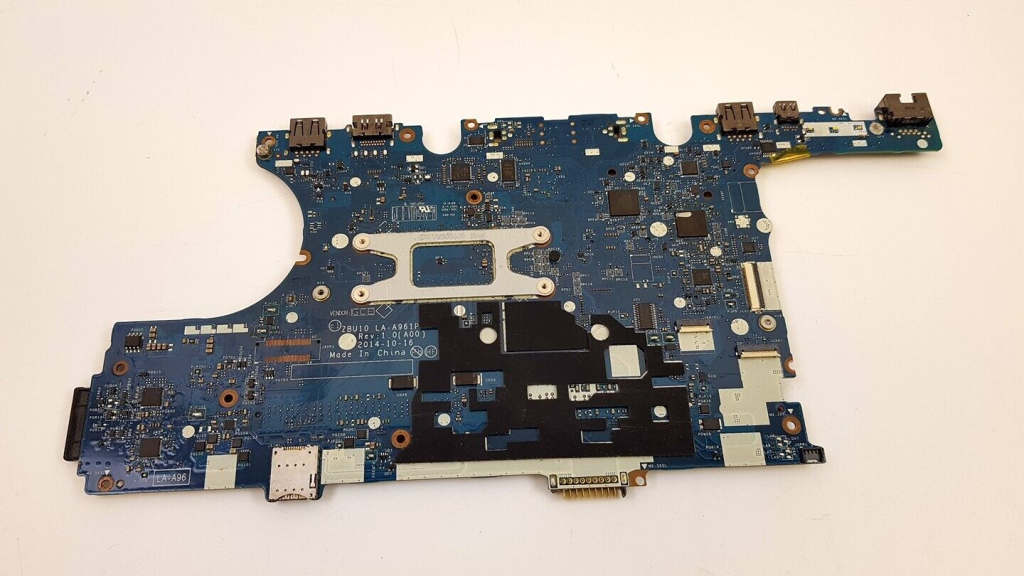The notebook motherboard, usually called the heart of the device, is a marvel of design that orchestrates the symphony of parts within a portable computing device. Offering as the central worried system, the motherboard plays a vital role in facilitating communication involving the CPU, memory, storage, and various peripherals. Knowledge the complicated design and functionalities of a laptop motherboard is critical to comprehending the device’s functionality and capabilities.
The Center of Connectivity:
At its fact, the notebook motherboard functions as the link of connection, establishing a variety of parts to ensure smooth communication. It accommodates the processor socket, memory slots, growth slots, and ties for peripherals such as for instance USB ports, audio jacks, and show outputs.
Key Architecture and Chipsets:
The architectural style of a notebook motherboard is lavishly linked with the decision of processors and chipsets. Modern laptops frequently function integrated artwork, sound, and network abilities entirely on the motherboard, reducing the necessity for additional growth cards and adding to a scaled-down design.
Miniaturization and Small Design:
The constant search for miniaturization and efficiency in notebooks is reflected in the design of these motherboards. Small styles, surface-mounted components, and custom fittings let manufacturers to generate finer and light notebooks without diminishing performance.
Power Distribution and Administration:
Successful energy delivery and management are important areas of laptop motherboard design. Voltage regulators ensure that the CPU and different parts receive the appropriate power degrees, optimizing performance while minimizing power consumption. Advanced energy management features also contribute to improved battery living in portable devices.
Incorporated Artwork and GPU Integration:
Several laptops incorporate design running units (GPUs) straight onto the motherboard. This integration enhances design performance for daily projects and gentle gambling without the necessity for a separate graphics card, contributing to the laptop’s small type factor.
Memory Hierarchy:
Notebook motherboards dictate the storage hierarchy of the device, determining the sort and level of RAM which can be installed. Storage slots on the motherboard right impact the laptop’s multitasking abilities and overall speed.
Growth Opportunities:
While notebooks are often less expanding than their pc counterparts, some motherboards feature expansion slots for specialized parts such as focused artwork cards, extra storage, or other peripherals. These expansion possibilities range based on the laptop’s style and intended usage.
Diagnostic and Restoration Issues:
Repairing or improving parts on a laptop motherboard can be quite a complicated task as a result of small character of the device. Surface-mounted parts, proprietary connectors, and confined accessibility can pose limitations for persons seeking DIY repairs. 0C33CM technicians built with specific methods are often necessary for complex motherboard repairs.

In conclusion, the notebook motherboard stands as a testament to technological development, blending delicate design, connectivity, and energy administration to provide a concise however effective processing experience. As laptops continue steadily to evolve, so also can the sophistication of their motherboards, surrounding the continuing future of lightweight computing.
